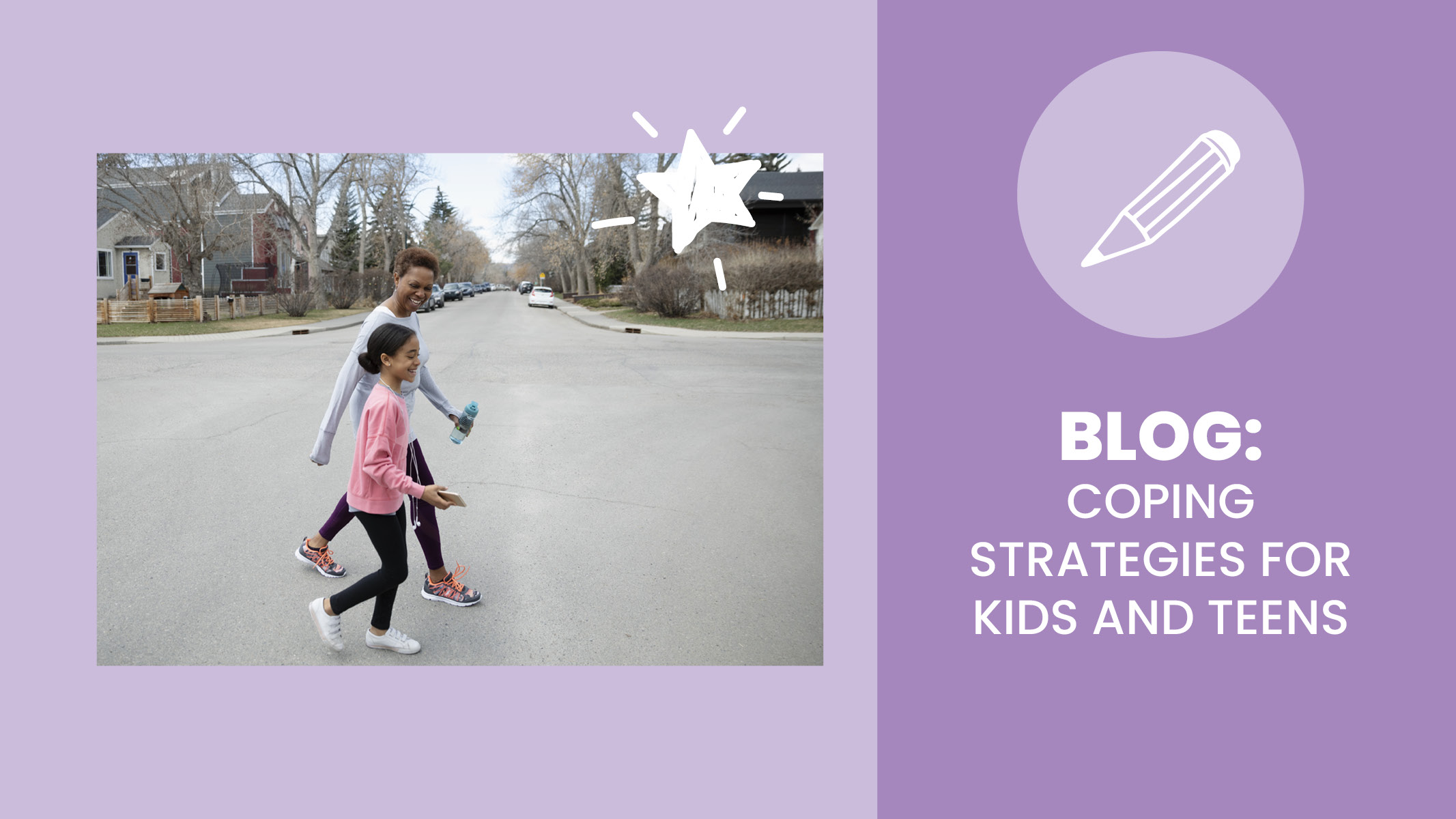Whether we like it or not, we all experience BIG feelings from time to time. That’s why it’s important to teach kids to understand and positively cope with their feelings rather than ignore them. So what can kids do with their BIG feelings? We spoke with Carrie Kindopp, a Certified Child Life Specialist and Manager of the Child Life Program at Sanford Children’s Hospital, to learn more about how you can introduce and teach coping strategies to your child or teen. If you’re looking for tips on how to introduce coping strategies to toddlers, be sure to check out this article.
First, it’s important to know and understand what coping strategies are and how they’re beneficial. According to Kindopp, “Coping strategies are individual ways kids can adjust and ‘deal with’ any stressful or overwhelming situation. Everyone, including kids of all ages, has stressful events in their life. Talking with kids about healthy ways to cope with these feelings is normal and more importantly, empowers them to regulate their emotions and have some control in a situation where they feel out of control. This also sets the stage for kids as they grow developmentally. Learning coping methods at a young age will benefit them in the future.”
Even though coping strategies are effective and helpful for handling feelings, no one, including children and teens, naturally knows how to use them. Because of this, it can be hard to know where to start. Here is Kindopp’s guide to teaching coping strategies to kids and teens.
1. Acknowledge that all feelings are normal and valid. No feeling is good or bad, all are okay! To help teach this to kids, try using accepting language. For example, instead of saying, “You’re okay. There’s nothing to worry about,” try, “I can see that you’re worried and that’s okay. It’s normal to feel upset in stressful situations. Do you want to talk about it?”
2. Practice before a stressful situation. There are many kinds of coping strategies that can be very effective, but they can take some extra attention which is why it’s great to proactively talk about coping methods rather than during a stressful situation. Another way to teach your kids to use coping strategies outside of a stressful situation is to build them into your routine. For example, during bath time, have kids practice taking 5 big breaths, or encourage older kids to journal about their day at bedtime.
3. Use realistic, everyday examples. Teaching coping strategies using real-life examples can be great teaching opportunities, especially when they don’t directly involve the child. For example, using their favorite movie, TV show, or book can be helpful and give great examples of positive coping when a character is going through something stressful or emotionally taxing.
4. Reflect together. Reflecting on how a child coped with a previous situation can be a great learning tool. You can ask your child questions such as what they thought helped or what they could change the next time they are feeling stressed, anxious, overwhelmed, etc. Depending on the situation, kids thrive off positive reinforcement and can feel validated if they know it is OK to show emotion when they are sad, mad, etc. Coping strategies are there to help them healthily express themselves.
5. Be a role model. It’s vital to practice healthy coping strategies as an adult. Children pick up behavior patterns from the adults and trusted caregivers around them and will learn to mirror that behavior.
6. Continue practicing positive coping strategies as kids age. Coping strategies can evolve and a child can change their coping strategies to best fit them as they age. For example, if a teen learned and used animal breathing techniques as a coping strategy at a younger age, that doesn’t mean that will continue to be an effective strategy as they get older. They may find positive affirmations work better for them. That’s why it’s important to continue talking with your teen(s) about effective coping strategies. Try having a conversation on the teen’s terms when they are relaxed or doing one of their favorite activities. Reflecting on a past real-life situation, discussing a challenging situation, or brainstorming healthy and useful coping strategies together can all be helpful. No matter what, remember that teens (and kids) deal with a lot and need validation that their feelings are okay and normal.
It’s important to remember that teaching coping strategies isn’t an instantaneous process, and kids may not remember to use their coping methods right away. Using coping strategies takes ongoing practice and patience with ourselves and each other.
Now that you have some guidance on how to teach coping strategies to kids, it’s time to learn about some specific strategies! Click here to check out this article on various coping strategies for kids of all ages.
Ready for More? You May Also Like:
Understanding Stress & Anxiety: Activities for Teens
Cheat Sheet for Caregivers: Coping with BIG Feelings & Anxiety
Coping with Childhood Stress


